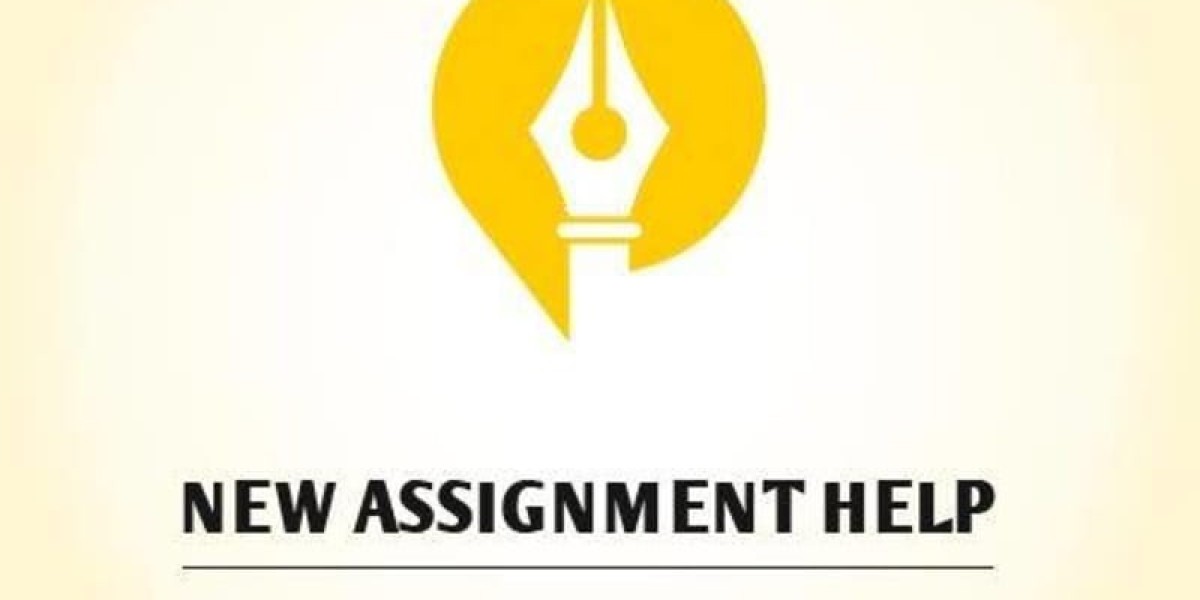In the world of fintech, launching a full-fledged app without validating your idea can be risky and costly. That's why many successful fintech startups begin by developing a Minimum Viable Product (MVP). An MVP is a simplified version of your app that includes only the essential features necessary to address your target audience’s needs.
It allows you to test your idea, gather feedback, and make data-driven decisions before investing in a complete product build. In this article, we'll guide you through the steps of how to build an MVP for fintech apps and show how fintech app development services can play a crucial role in this process.
Why Start with an MVP for Fintech Apps?
Before diving into the step-by-step process, it’s important to understand why building an MVP is crucial, particularly in the fintech space. Fintech apps operate in a highly competitive and heavily regulated industry. An MVP helps fintech startups:
- Validate Market Demand: Ensure that your solution addresses a real problem by releasing a version of your app with core functionalities.
- Manage Resources Efficiently: Save time and money by focusing on key features and avoiding unnecessary complexity in the initial development phase.
- Test User Engagement: Get early feedback from users to fine-tune the product and enhance the user experience.
- Attract Investors: Prove the viability of your idea by showing market traction, which is key to securing funding.
Now, let's break down the steps to build a fintech MVP and how fintech app development services can assist you throughout this journey.
Step 1: Identify the Core Problem and Define Your Value Proposition
The first step in building a fintech MVP is identifying the core problem your app will solve. Fintech apps often address specific issues such as:
- Simplifying financial transactions
- Providing better personal finance management
- Improving access to investment opportunities
- Streamlining lending or credit services
To create a successful MVP, you need to clearly define your app’s value proposition. Ask yourself:
- What specific problem am I solving for my target audience?
- What differentiates my solution from competitors in the market?
Your value proposition will guide the development of your MVP, helping you focus on features that address the most pressing needs of your users.
Step 2: Conduct Market Research
Once you've identified the core problem and value proposition, it's time to validate your idea through market research. Thorough market research will help you understand:
- Who your target users are (demographics, pain points, preferences)
- What existing solutions are available in the market
- Key industry trends and regulatory requirements
In fintech, understanding regulatory compliance is particularly important since financial services are subject to stringent laws. During this stage, fintech app development services can help you navigate compliance challenges and ensure that your MVP adheres to industry standards.
Market research ensures that you build an MVP that is not only user-centric but also meets legal requirements and stays ahead of industry trends.
Step 3: Prioritize Features for Your MVP
One of the biggest challenges when building an MVP is deciding which features to include. The goal is to develop a lean version of your app that includes only the most essential functionalities. When prioritizing features, consider the following:
- Core Functionality: Focus on the features that solve the core problem you identified. For example, if your app is about simplifying payments, the MVP should include secure payment gateways.
- User Feedback Loop: Build mechanisms for collecting user feedback. For example, a feedback form or customer support integration can provide valuable insights for future iterations.
- Compliance and Security: Since fintech apps deal with sensitive financial data, security features such as encryption, authentication, and fraud detection should be included in the MVP.
Fintech app development services can assist in identifying and prioritizing features while ensuring your MVP remains compliant with financial regulations. Working with a development team experienced in fintech will also ensure that critical security and compliance features are embedded from the start.
Step 4: Design the User Experience (UX) and User Interface (UI)
In fintech, user experience plays a crucial role in ensuring customer satisfaction. A complicated interface or a cumbersome user journey can lead to user drop-off, which is especially detrimental for financial services apps.
When designing the UX and UI for your fintech MVP, keep these principles in mind:
- Simplicity: Financial services can be complex. Ensure that your app’s design makes transactions, navigation, and account management easy for users.
- Trustworthiness: Fintech apps need to convey a sense of security and trust. Use professional design elements and clear communication to build user confidence.
- Mobile-First Approach: Many fintech apps are mobile-first, so prioritize mobile-friendly designs. Ensure that the user interface is responsive and works seamlessly across devices.
Fintech app development services can help translate your vision into a functional design that meets both user needs and industry standards. A good development team will also run usability tests to ensure the user interface is intuitive.
Step 5: Develop and Test the MVP
With your core features prioritized and your design in place, it's time to develop the MVP. Fintech app development services can help by providing expert developers who specialize in building financial applications. These services typically offer:
- Frontend and Backend Development: Developers will build the user-facing interface and the backend that handles data processing, transactions, and security.
- APIs and Integrations: Fintech apps often need to integrate with external services, such as payment gateways, banks, and credit scoring systems. Experienced fintech developers will know which APIs to use and how to implement them securely.
- Compliance and Security: Given the strict regulatory requirements in the fintech industry, fintech app development services can help ensure that your MVP is built with necessary compliance standards like PCI-DSS, KYC (Know Your Customer), and AML (Anti-Money Laundering) regulations.
Once the MVP is developed, thorough testing is essential. Test the app for functionality, security vulnerabilities, and user experience. Bug tracking and security audits should be conducted before releasing the MVP to early adopters.
Step 6: Launch the MVP and Collect Feedback
After testing, it's time to launch your fintech MVP. At this stage, your goal is to gather as much feedback as possible from early users. Fintech app development services can help set up feedback collection tools within the app to make this process seamless. Early feedback will help you:
- Identify usability issues or missing features
- Validate your product’s core value proposition
- Understand user behavior and engagement
Make sure to analyze feedback carefully and use it to improve your MVP in future iterations. Continuous improvement based on user feedback is critical to the success of fintech apps, as customer expectations in financial services are constantly evolving.
Step 7: Iterate and Improve
With user feedback in hand, you can start making iterative improvements to your MVP. The goal is to refine the product until it’s ready for a full-scale launch. This phase often includes:
- Adding new features based on user requests
- Fixing bugs and improving app performance
- Enhancing security features as needed
Regular iterations not only enhance the product but also provide additional data to present to potential investors or partners. Showing progress over time is essential for securing future funding and scaling your app.
Conclusion
Building an MVP is a critical step for any fintech startup looking to test their concept, reduce risk, and secure funding. By following this step-by-step guide on how to build an MVP, you can streamline the development process, launch a product that meets user needs, and demonstrate market traction to potential investors. Utilizing fintech app development services can further ensure that your MVP is built with the necessary security, compliance, and user experience considerations to succeed in the competitive fintech landscape.
With a solid MVP, you’ll be well-positioned to gather valuable feedback, iterate on your product, and attract the investment needed to scale your fintech app into a full-fledged solution.








